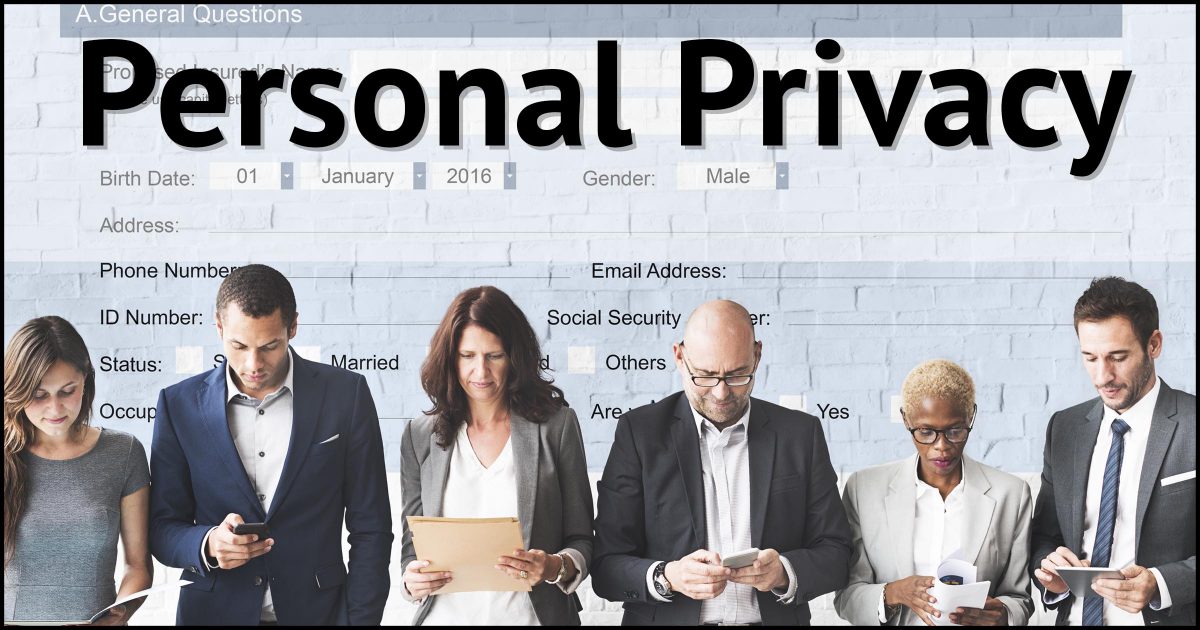Hidden Cameras and Personal Privacy: How to Stay Safe
The Growing Threat of Hidden Cameras

In today’s interconnected world, concerns about privacy are more relevant than ever. The proliferation of readily available and increasingly sophisticated hidden cameras poses a significant threat to our personal safety and security. These cameras, disguised as everyday objects, can be placed virtually anywhere – in bathrooms, bedrooms, hotel rooms, even in seemingly innocuous items like smoke detectors or USB chargers. Understanding how these devices work and learning effective strategies to detect and mitigate their presence is crucial for protecting your privacy.
How Hidden Cameras Work: Understanding the Technology
Most hidden cameras operate on fairly simple principles. They utilize a small lens to capture video and a digital sensor to convert light into an electrical signal, which is then processed and stored either on an internal memory card or transmitted wirelessly to a remote server. Many operate on standard Wi-Fi networks, allowing remote viewing and even recording. The sophistication varies widely; some are simple pinhole cameras offering low-resolution video, while others boast high-definition recording capabilities and advanced features such as night vision and motion detection. This makes detecting them a complex challenge.
Where to Find Hidden Cameras: Common Hiding Places
Knowing where to look is half the battle in detecting hidden cameras. While the possibilities are endless given the ingenuity of manufacturers, certain locations are statistically more likely to harbor these devices. Think about areas where someone might seek to exploit privacy vulnerabilities:
- Bathrooms and Bedrooms: These are obvious targets for voyeurs, and cameras might be hidden in smoke detectors, clocks, power adapters, even inside innocuous-looking objects like hairbrushes or picture frames.
- Hotels and Airbnbs: Consider checking common hiding spots like electrical outlets, vents, and behind mirrors or artwork. USB chargers and alarm clocks are also frequent choices.
- Public Restrooms: While less common due to the legal implications, cameras might be concealed in light fixtures, ceiling tiles, or even inside soap dispensers.
- Change Rooms and Fitting Rooms: These are prime locations for illicit surveillance, with cameras possibly hidden in clothing racks, mirrors, or ventilation systems.
- Workplaces: Though less common, cameras might be disguised in office equipment, plants, or even computer peripherals.
Detecting Hidden Cameras: Practical Techniques
Fortunately, several methods can help you detect hidden cameras. They aren’t foolproof, but a multi-pronged approach significantly increases your chances of identifying any potential threats.
- Visual Inspection: Carefully examine the room, paying close attention to unusual bulges, slight misalignments, or anything out of place. Look for small lenses or LEDs, potentially indicating a camera’s presence.
- Infrared Detection: Most hidden cameras have an infrared (IR) LED for night vision. An IR detector, readily available online, will highlight these LEDs, even if the camera itself is well-concealed.
- Smartphone Detection Apps: Numerous apps for smartphones use their cameras and sensors to detect the radio frequencies used by hidden cameras. While not perfect, these apps can be a valuable tool in your arsenal.
- Network Scanning: If you suspect a camera is transmitting wirelessly, a network scanner can help you identify unknown devices connected to your Wi-Fi network.
- Physical Examination: If you suspect a particular object might contain a camera, carefully examine it for any signs of tampering or modification, such as small screws or unusually placed seams.
Protecting Yourself from Hidden Cameras: Proactive Measures

Prevention is always better than cure. Taking proactive steps to minimize your vulnerability to hidden cameras is vital.
- Be Mindful of Your Surroundings: Always be aware of your surroundings, especially in unfamiliar places. Trust your instincts—if something feels off, it might be worth investigating further.
- Use Hotel Room Security Checks: Many hotels offer security kits including door jammers and other security measures. Request these upon check-in.
- Cover Potential Hiding Spots: If you are staying in a hotel or rental property, consider covering potential hiding spots like electrical outlets or vents with tape or other materials.
- Secure Your Devices: Ensure your own devices, like laptops and smartphones, are secured with strong passwords and updated security software to prevent them from being compromised and used for surveillance.
- Report Suspicious Activity: If you do find a hidden camera, report it to the appropriate authorities immediately.
Legal Recourse and Reporting Hidden Cameras

Discovering a hidden camera is a serious matter. It’s a violation of your privacy and could have legal repercussions depending on the circumstances. Depending on where you are and the type of camera discovered, you may wish to:
- Contact the property management if the camera is located at a hotel or rental property
- Contact law enforcement if you are reasonably certain that a crime has been committed
- Consult with an attorney to discuss legal options
Remember to document your findings with photos and videos. Preserve any evidence you may have as this will be helpful in any legal proceedings.
Conclusion: Staying Vigilant in a World of Surveillance

The existence of hidden cameras presents a real and ongoing challenge to our privacy. By understanding how these devices work, learning effective detection methods, and taking proactive measures, you can significantly reduce your vulnerability to unwanted surveillance. Remember that staying vigilant and informed is the best defense against the invasion of your privacy.


